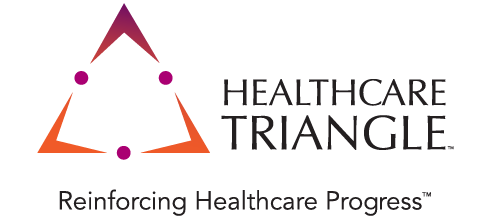E/M Code Changes: Your Transition to Simplified Code Selection and Documentation Requirements
Healthcare Triangle
Sep 11, 2020
The changes coming to E/M Office Visits and other Outpatient Services beginning January 1st of 2021 are set to simplify code determination and their corresponding documentation requirements. But while they will reduce the administrative burden on many, is it that straightforward? What exactly must be done, now, in transition?
-
1. Hold an education sprint.
Your physicians, practice managers, and billing/coding staff all need to possess detailed understanding of the changes at hand. Otherwise, you may find the changes creating more work, rather than less. Providers who perform both outpatient and inpatient services will need to understand their new requirements on both sides of the fence. With the changes taking effect in just a few short months, now is the time to educate. -
2. Plan your EHR updates.
Ensure you are set to take your vendor’s related E/M system updates in a proactive and timely manner, then map out additional adjustments that you may need to make manually. These may include: the deletion of CPT code 99201, modification of logic recommending or automatically selecting E/M codes, charge and claim based rules to catch discrepancies, template updates to capture discrete decision making and/or time-based billing factors in documentation, and Third-party coding integration updates. -
3. Assess your financial impacts.
Complete prospective analysis, which likely includes: your staff’s reduction in daily time burden and their corresponding opportunity for productivity increase, coding accuracy and alignment to the E/M bell curve, use and impact of the incremental, 15 minute, prolonged service codes, and payer-specific factors.
For further discussion or immediate project-related assistance, drop an email to Ashleigh Rogers or Ryan Sommers


